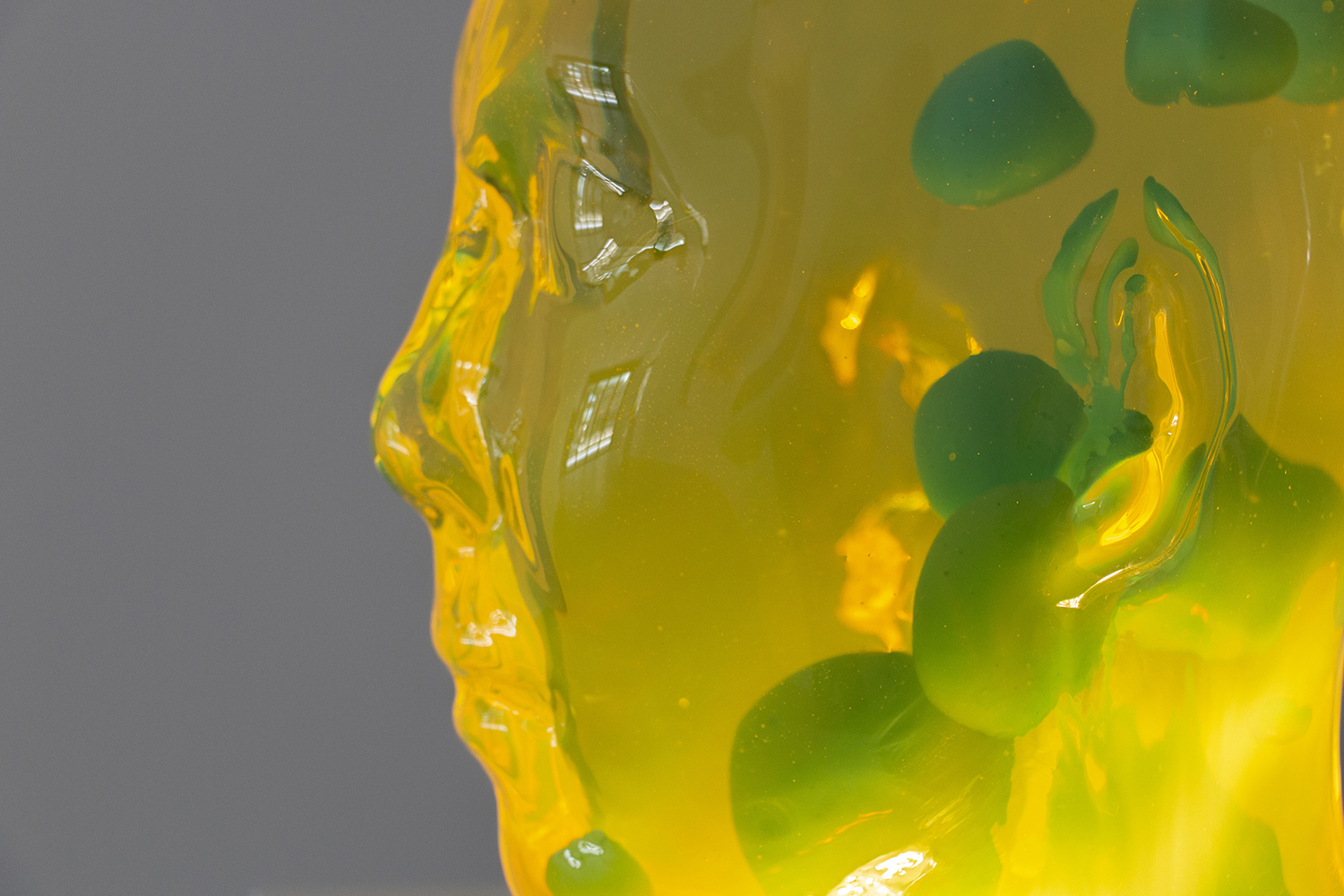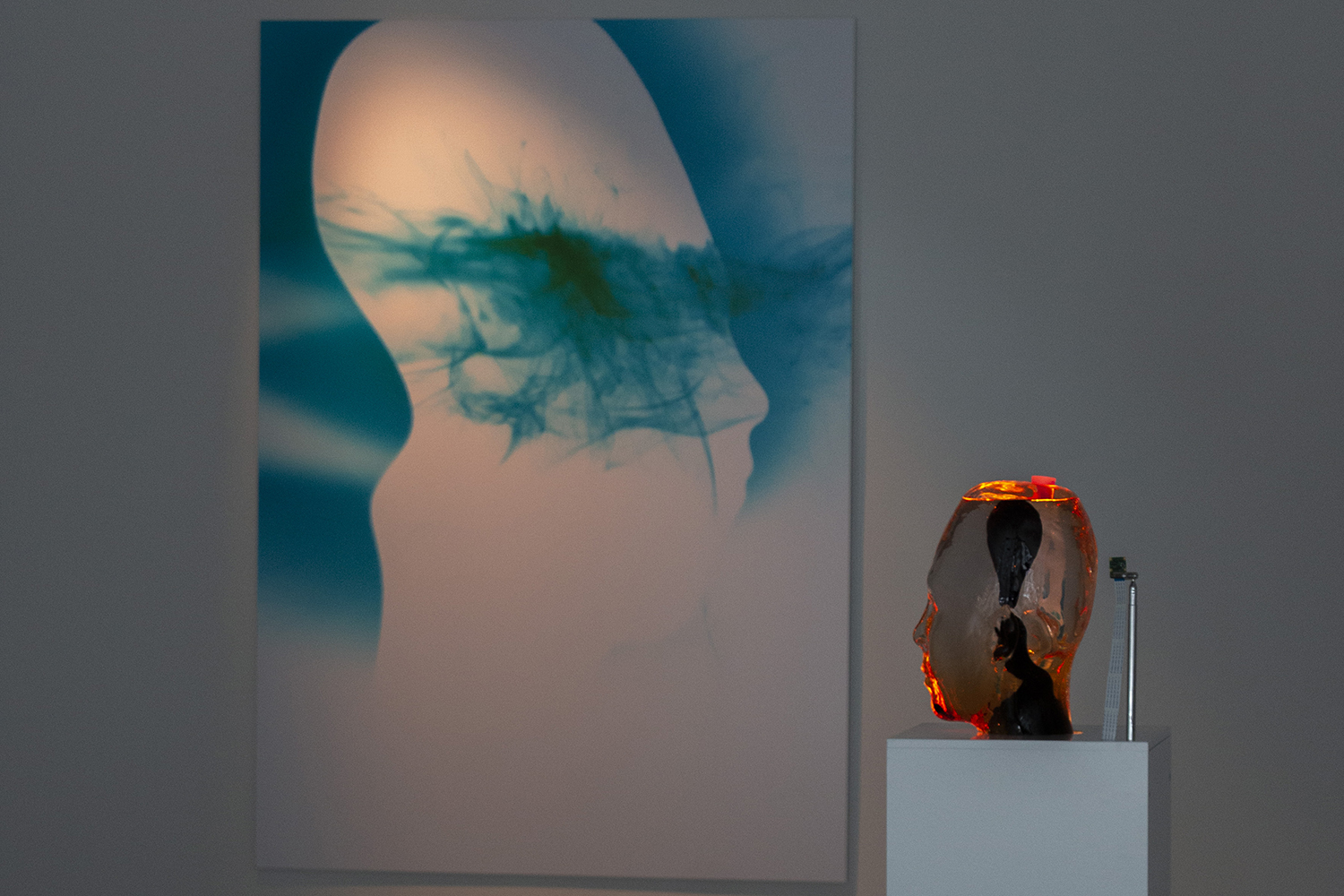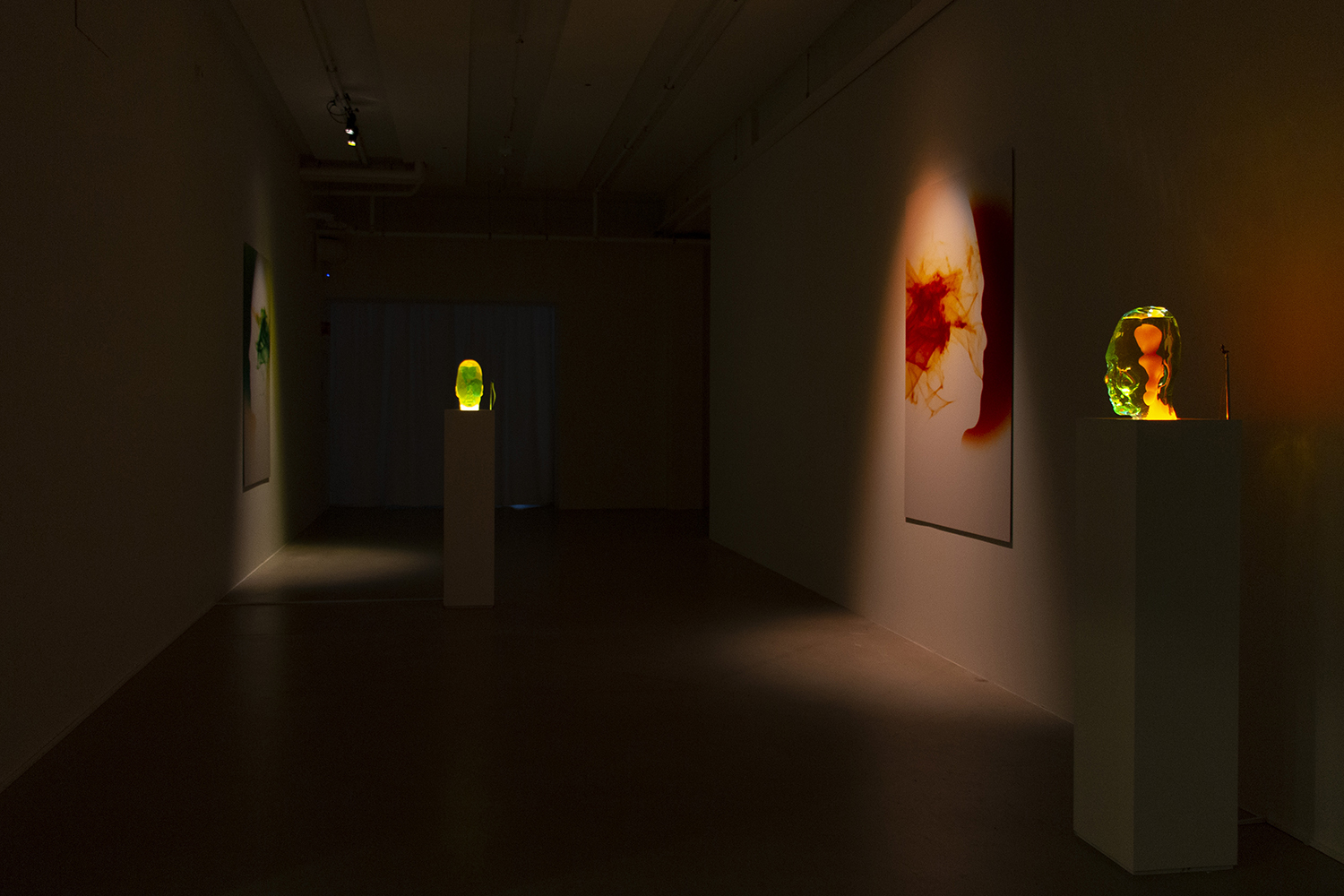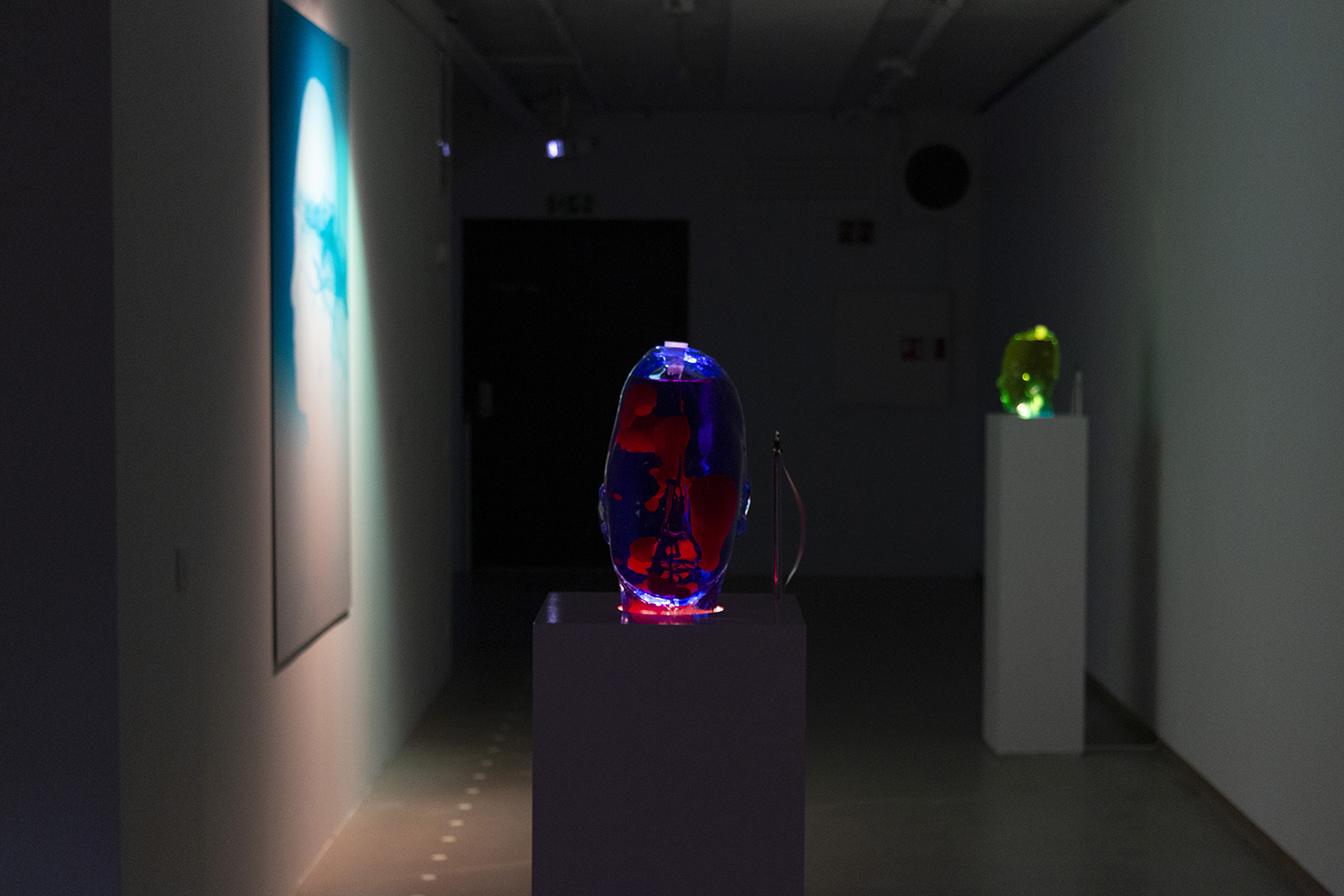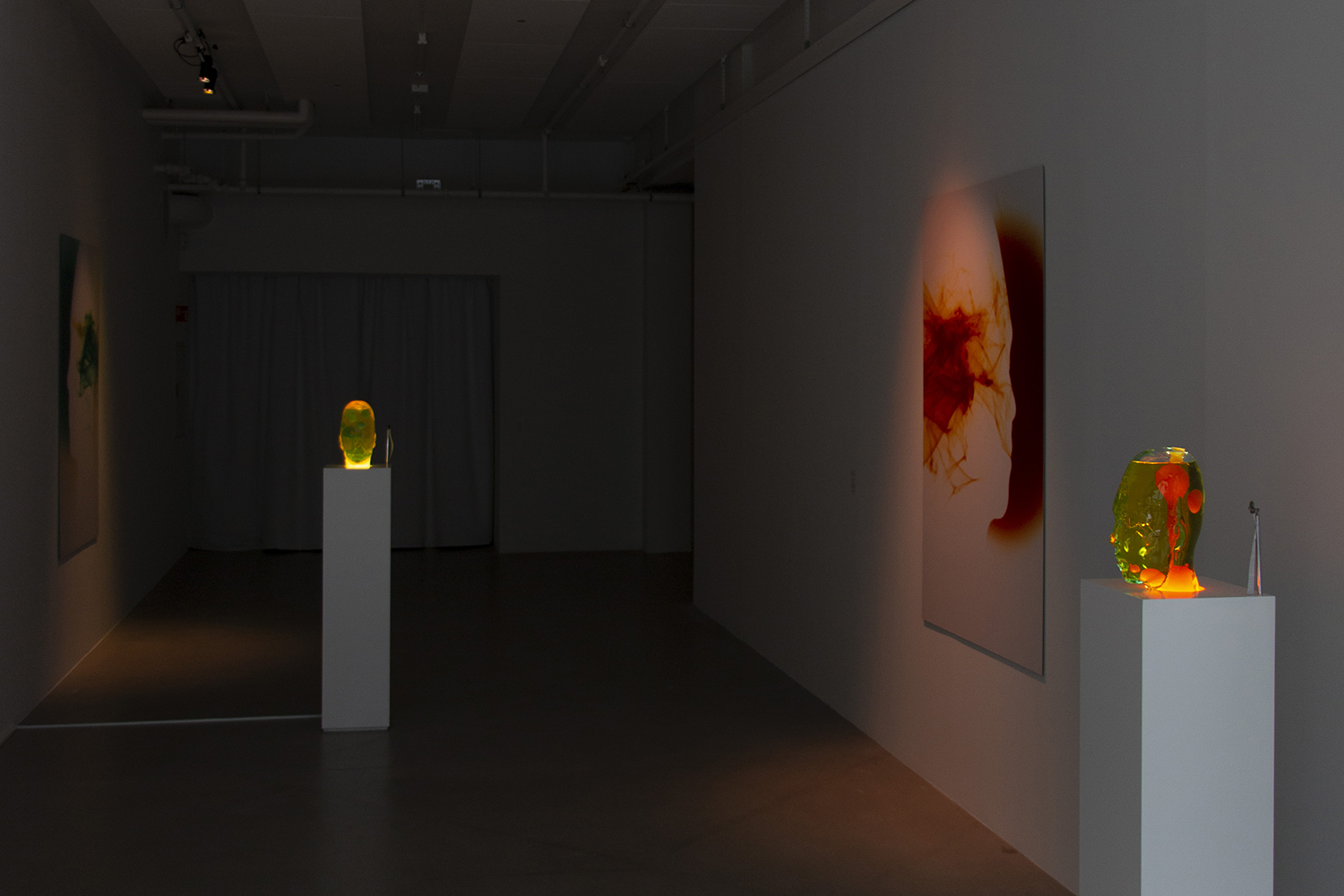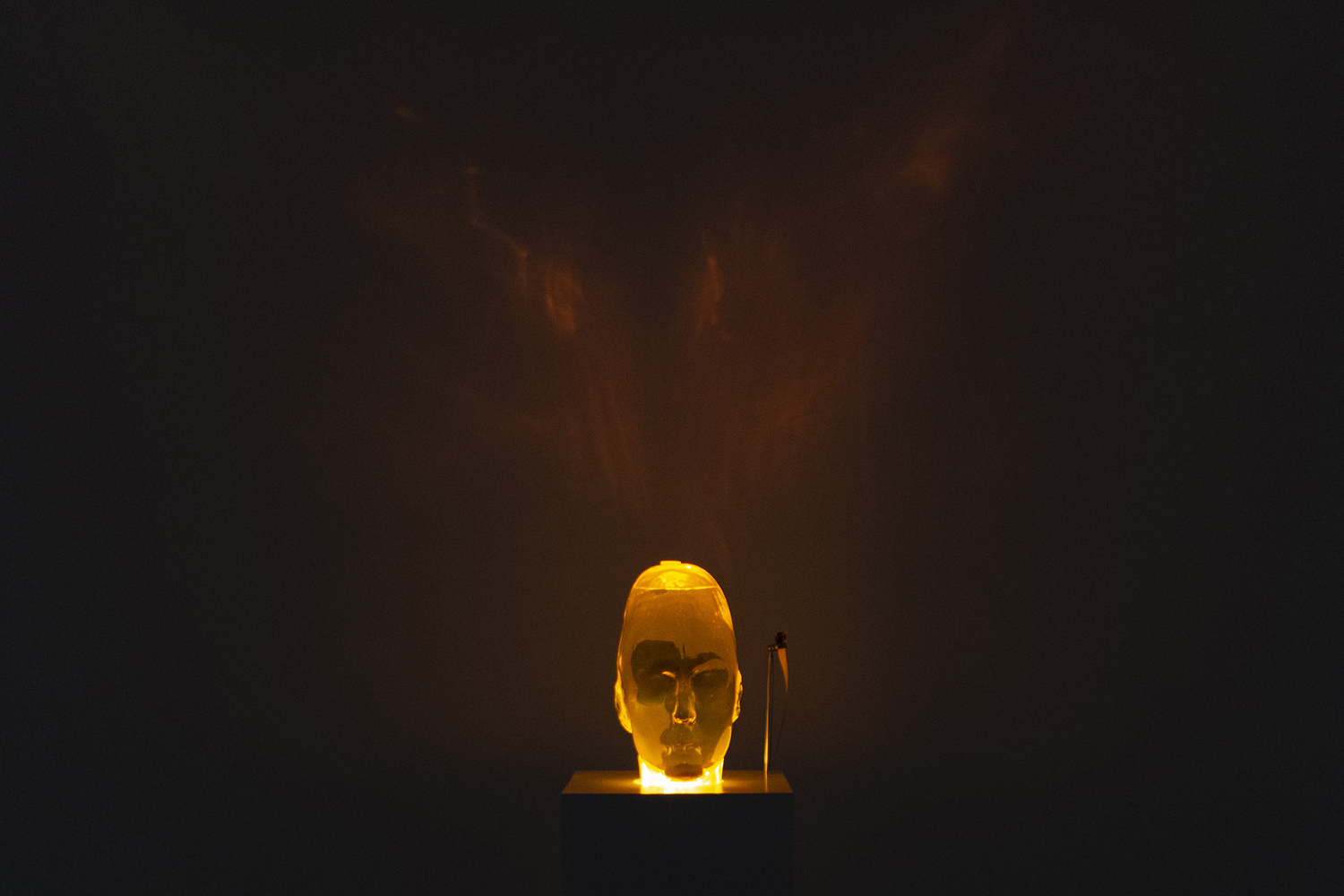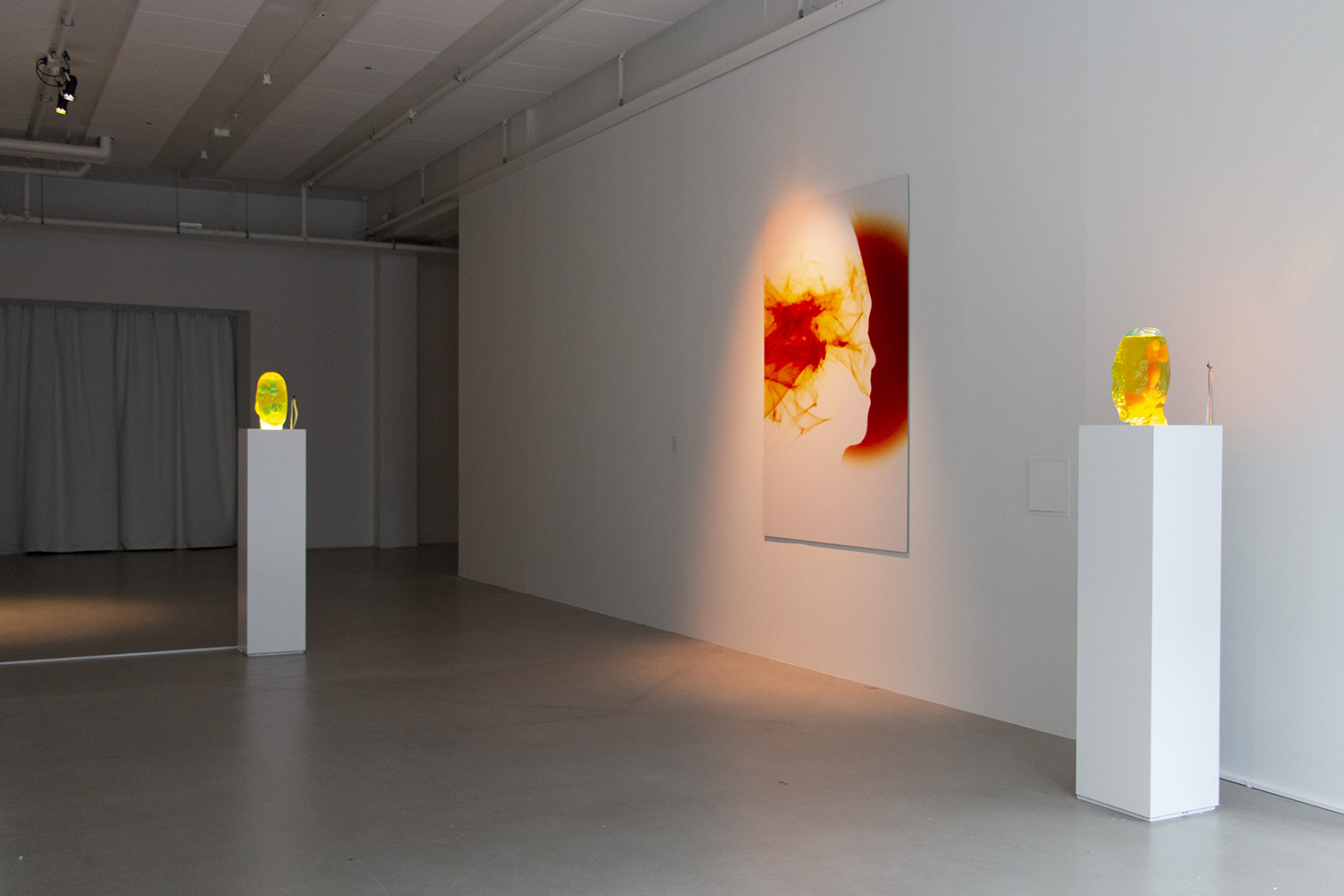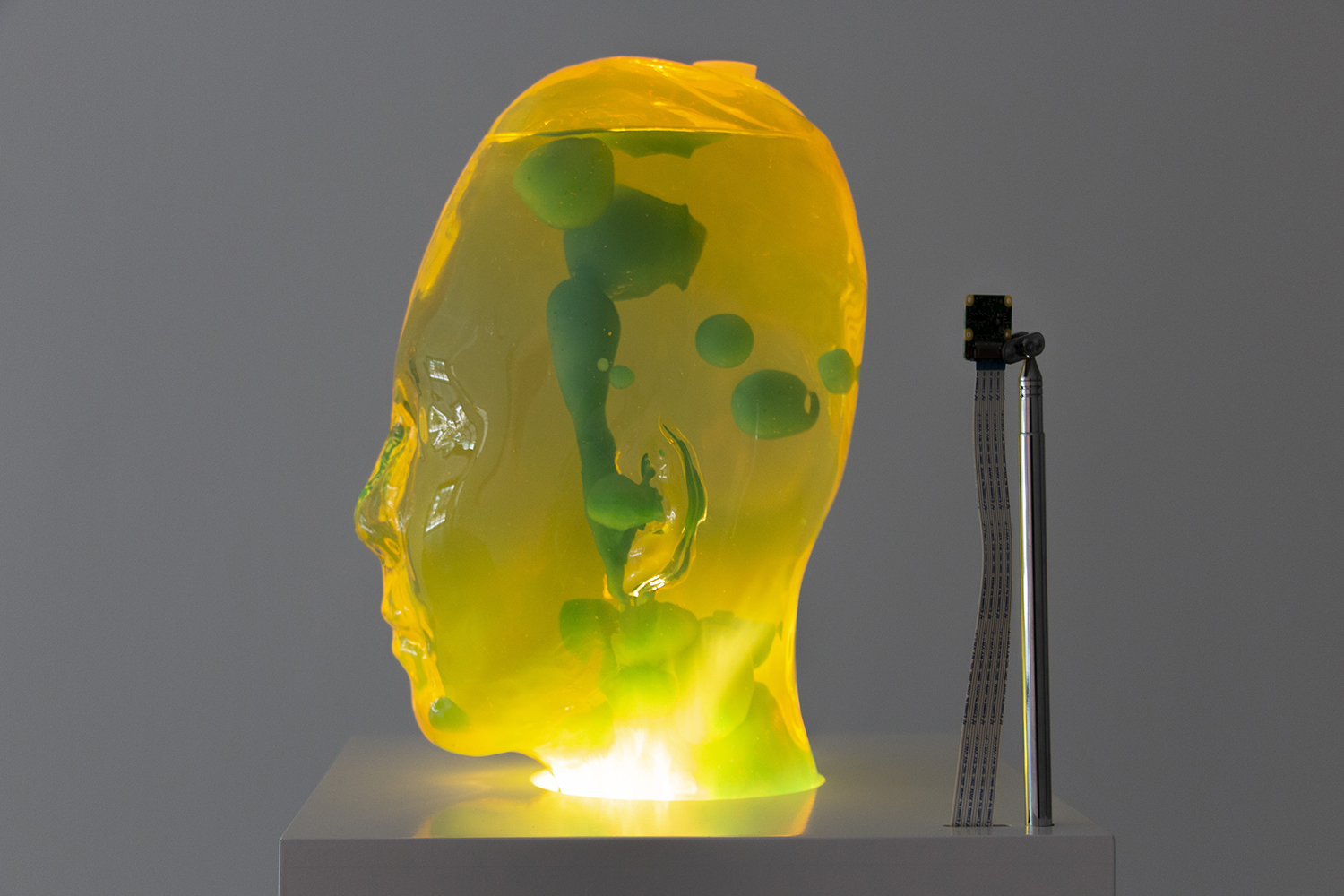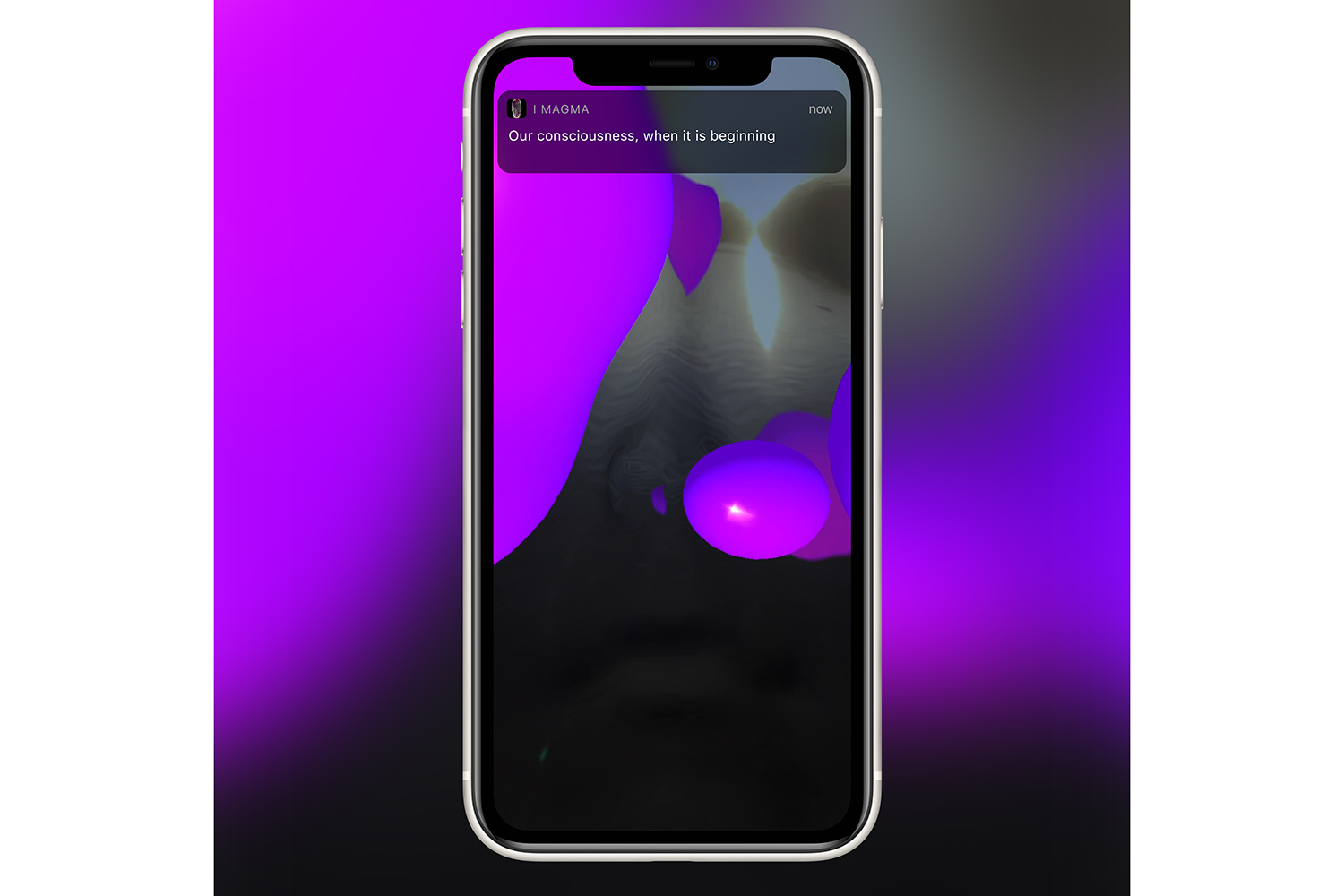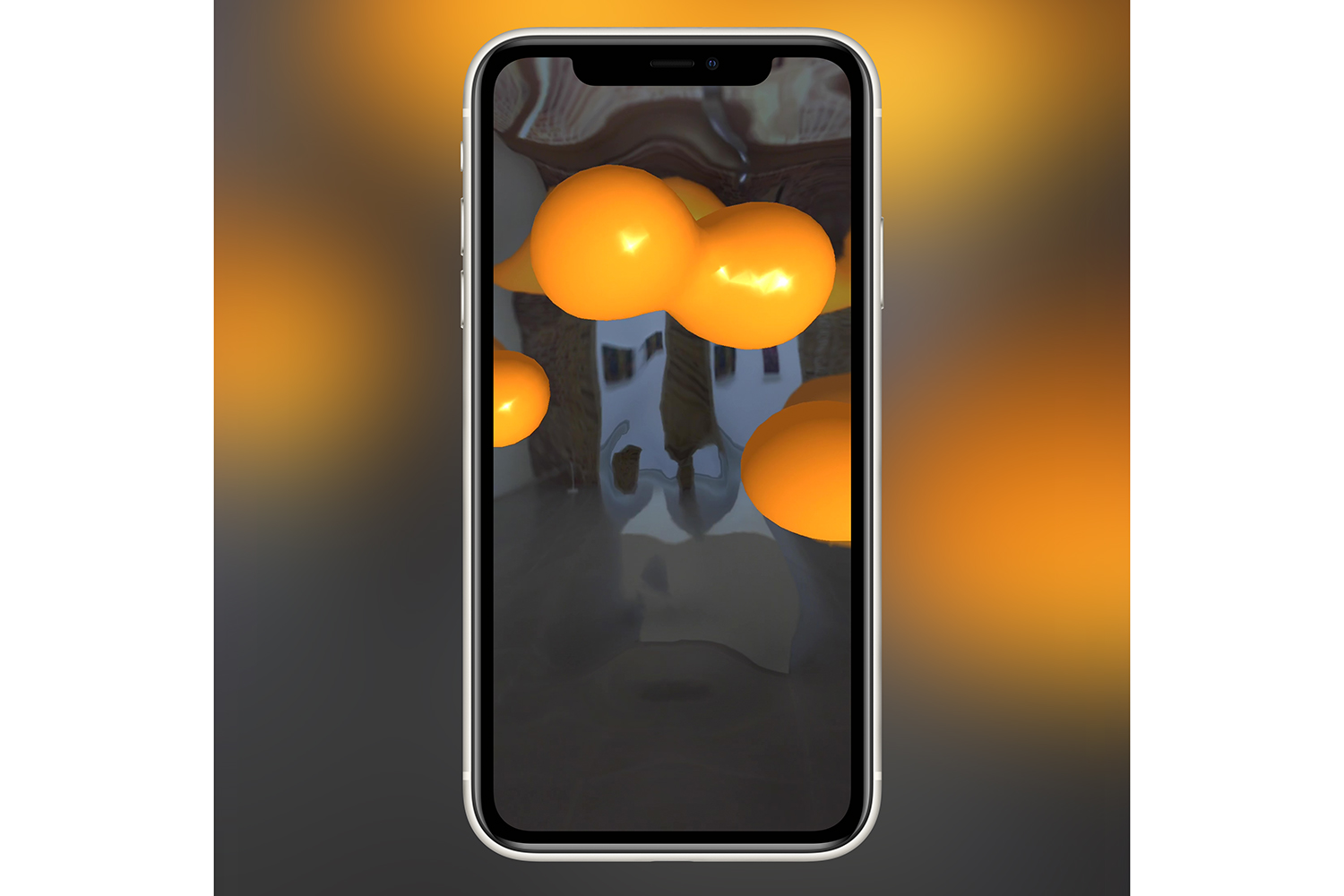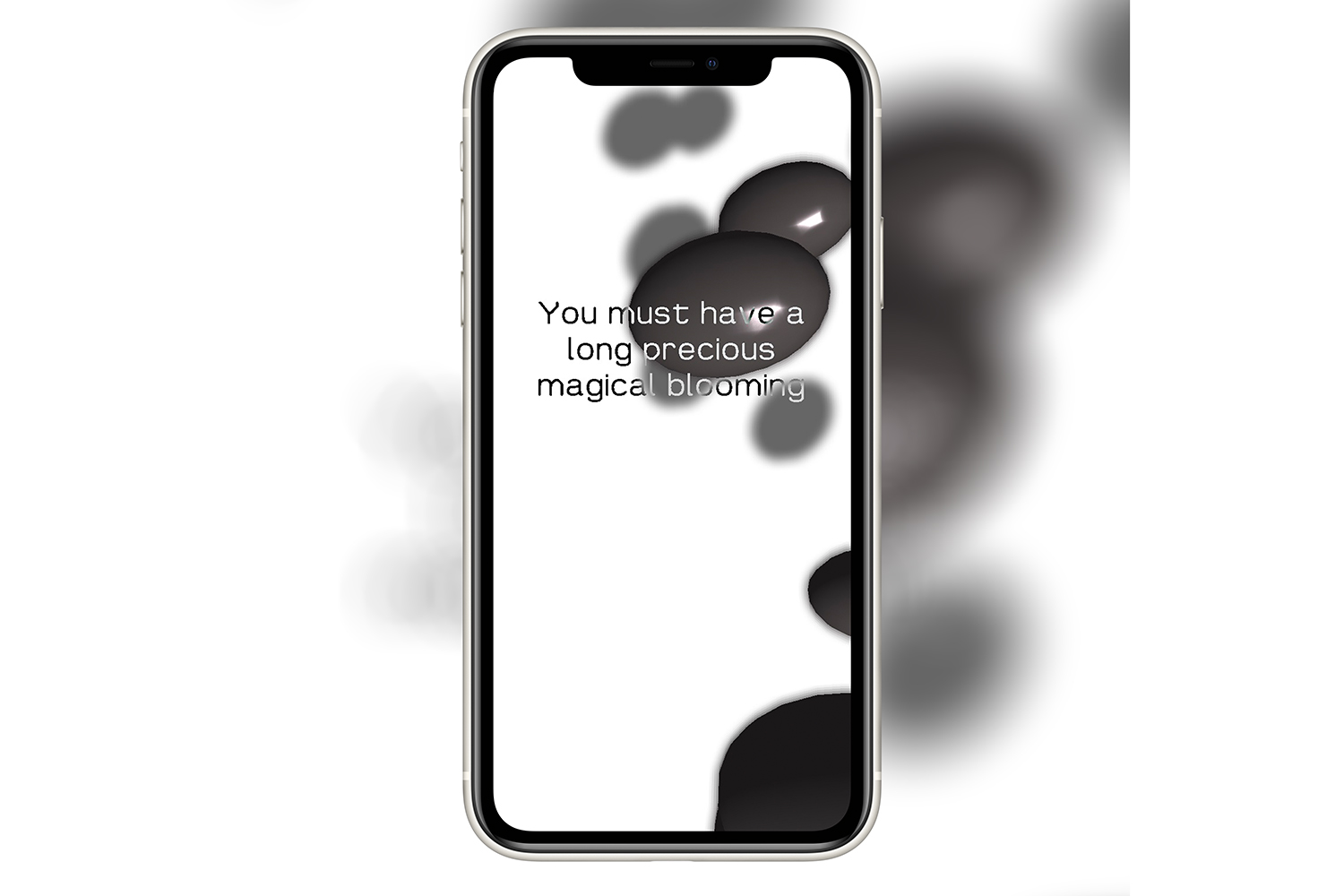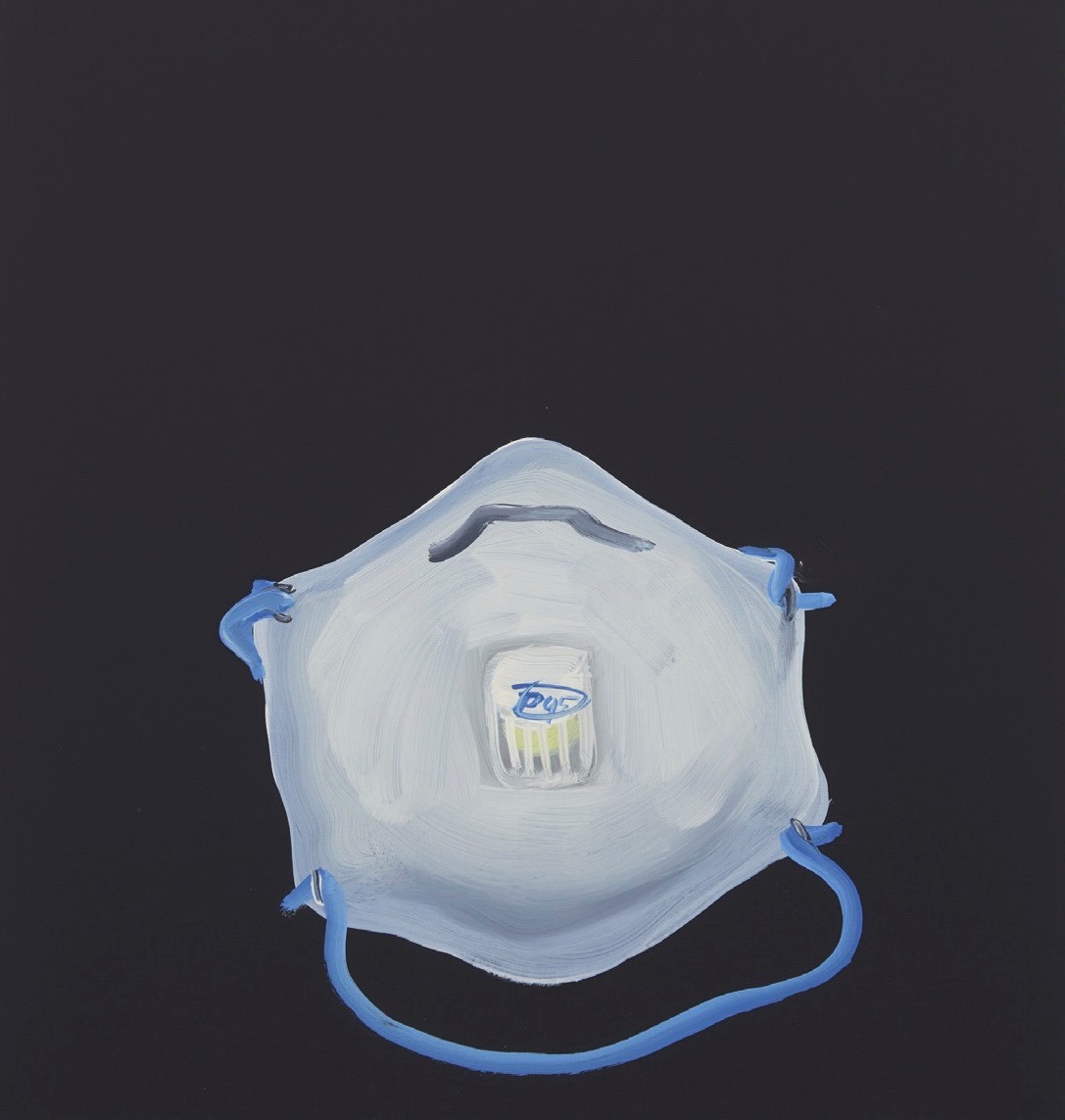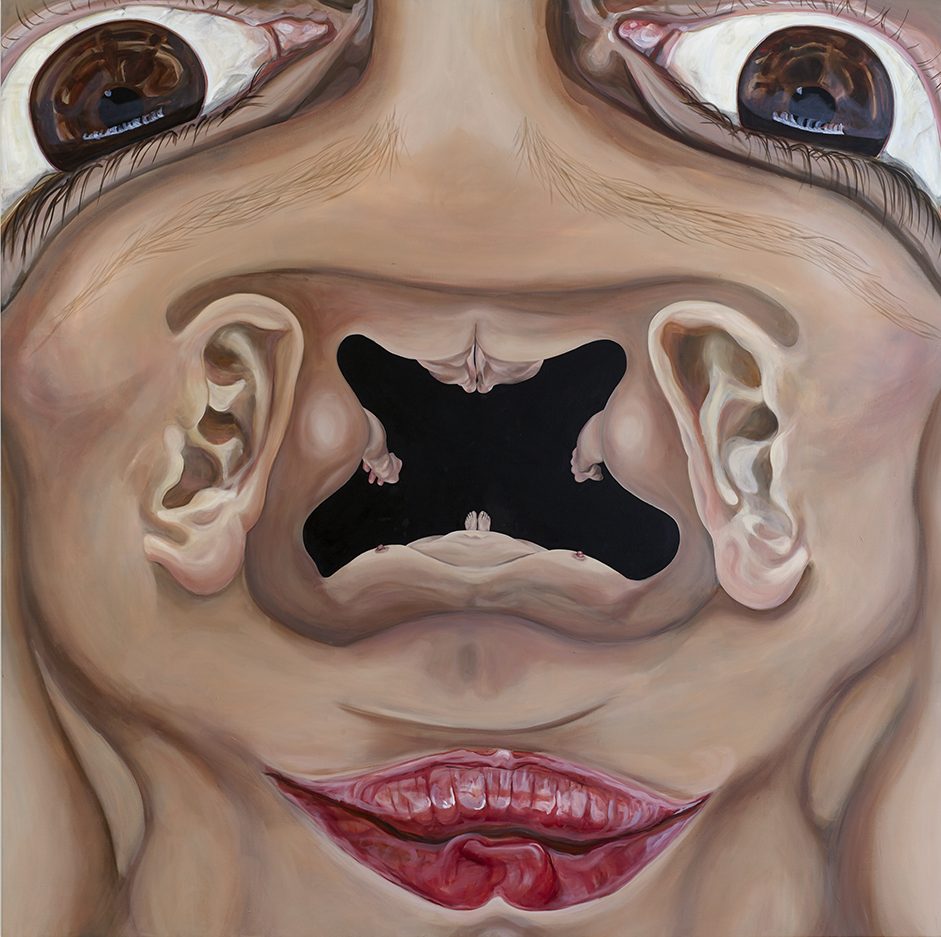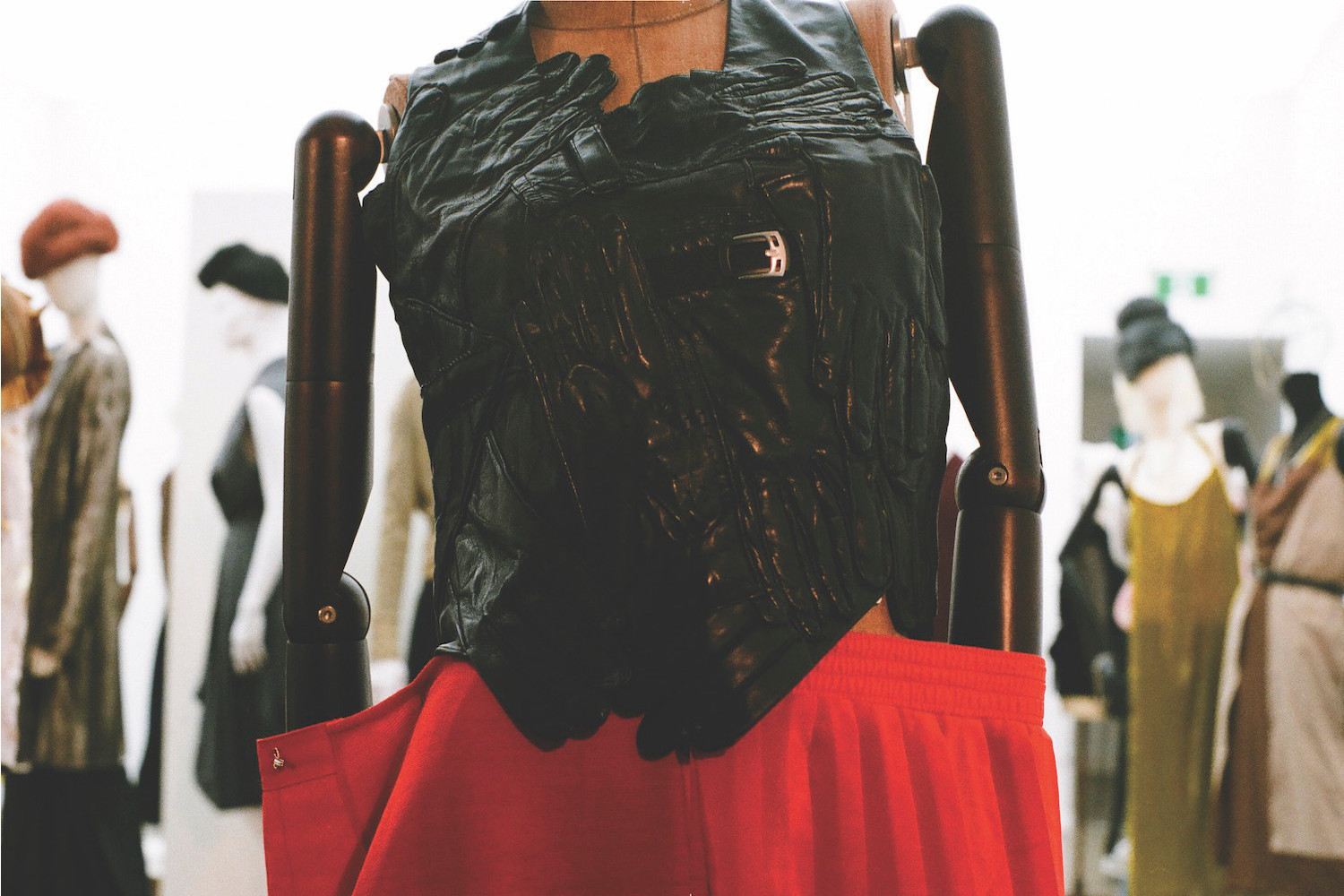I Magma, detail, 2019. Blown glass, goo, electronics. Dimensions variable. Co-commissioned by Serpentine
Galleries and Moderna Museet. Photography by Aage A. Mikalsen. Courtesy of Kunsthall Trondheim, Norway.
“NO NO NSE NSE.” Installation view at Kunsthall Trondheim, Norway, 2020. Photography by Aage A. Mikalsen. Courtesy of Kunsthall Trondheim, Norway.
“NO NO NSE NSE.” Installation view at Kunsthall Trondheim, Norway, 2020. Photography by Aage A. Mikalsen. Courtesy of Kunsthall Trondheim, Norway.
“NO NO NSE NSE.” Installation view at Kunsthall Trondheim, Norway, 2020. Photography by Aage A. Mikalsen. Courtesy of Kunsthall Trondheim, Norway.
“NO NO NSE NSE.” Installation view at Kunsthall Trondheim, Norway, 2020. Photography by Aage A. Mikalsen. Courtesy of Kunsthall Trondheim, Norway.
“NO NO NSE NSE.” Installation view at Kunsthall Trondheim, Norway, 2020. Photography by Aage A. Mikalsen. Courtesy of Kunsthall Trondheim, Norway.
“NO NO NSE NSE.” Installation view at Kunsthall Trondheim, Norway, 2020. Photography by Aage A. Mikalsen. Courtesy of Kunsthall Trondheim, Norway.
From Hierarchy to Holarchy, 2015, details. Physarum polycephalum, agar, oats, CNC engraving on Plexiglas,
19,7 in × 19,7 in × 6 in. Photography by Mikko Gaestel. Courtesy of Kunsthall Trondheim, Norway.
From Hierarchy to Holarchy, 2015, details. Physarum polycephalum, agar, oats, CNC engraving on Plexiglas,
19,7 in × 19,7 in × 6 in. Photography by Mikko Gaestel. Courtesy of Kunsthall Trondheim, Norway.
I Magma, 2019. Blown glass, goo, electronics. Dimensions variable. Co-commissioned by Serpentine
Galleries and Moderna Museet. Photography by Aage A. Mikalsen. Courtesy of Kunsthall Trondheim, Norway.
It’s no small feat that the recently appointed director of the Kunsthall Trondheim, Stefanie Hessler, lured one of the most interesting artists of her generation to this rather remote Norwegian town for her first international institutional solo exhibition. The Kunsthall may be one of the largest spaces for contemporary art in central Norway, but it’s not exactly a top priority on the art world’s grand tour. But this show suggests the young director’s ambition to change that. After all, Jenna Sutela’s often-collaborative work has been shown in prolific exhibitions in Berlin, London, Bilbao, and Tokyo. Currently she is a visiting artist at the MIT Center for Art, Science, and Technology. In this sense, the title of the show appears programmatic: no nonsense! The negative reference to NSE, or neurospecific enolase, an enzyme related to glucose metabolism found in all mammals, already suggests where the artist is heading: beyond the centralized structure of life forms with one body, one metabolism, one brain.
I Magma App, 2019. Mobile app. Jenna Sutela with Memo Akten, language generation by Allison Parrish. UI
and app development by Black Shuck. iOS: requires iPhone 6s and above / iOS 11 and later. Android: requires Android 8.0 or later. Co-commissioned by Serpentine Galleries and Moderna Museet. Downloadable for free at www.kunsthalltrondheim.no and in app stores. Courtesy of Serpentine Galleries, London. Photography by Ralph Pritchard.
I Magma App, 2019. Mobile app. Jenna Sutela with Memo Akten, language generation by Allison Parrish. UI
and app development by Black Shuck. iOS: requires iPhone 6s and above / iOS 11 and later. Android: requires Android 8.0 or later. Co-commissioned by Serpentine Galleries and Moderna Museet. Downloadable for free at www.kunsthalltrondheim.no and in app stores. Courtesy of Serpentine Galleries, London. Photography by Ralph Pritchard.
I Magma App, 2019. Mobile app. Jenna Sutela with Memo Akten, language generation by Allison Parrish. UI
and app development by Black Shuck. iOS: requires iPhone 6s and above / iOS 11 and later. Android: requires Android 8.0 or later. Co-commissioned by Serpentine Galleries and Moderna Museet. Downloadable for free at www.kunsthalltrondheim.no and in app stores. Courtesy of Serpentine Galleries, London. Photography by Ralph Pritchard.
The artist’s brain appears sevenfold in the exhibition, albeit in psychedelic kitsch lava lamps, as illuminated blobs floating up and down inside glass busts of the artist’s own head. The elongated, nearly pinheaded self-portraits seem to hover in constant reflection of the presentation itself. I can’t help imagining the blobs as pun-like visualizations of neuroplasticity, the imprints of subjective thought processes on brain structure: steadily but unpredictably transforming. A computer connected to each head translates the random constellations into sentences, which, in a dialogue with the GPS positions of everyone who signs on to the artist’s “I Magma” app, act as a daily oracle predicting our collective future. Thereby the online network of everyone interested in the project is likened to a long-term interest of the artist: the slime mold Physarum polycephalum. The unicellular but, in direct translation of its name, “multi-headed” mucus is known for its chemotactic behavior, which suggests a form of decentralized intelligence — already used as a model organism in research, the development of traffic infrastructures, and even to control simple robots. Maybe, and more so in times of global quarantine, thinking more like the interconnected multi-headed slime we are will guide mankind in dealing with global crises.

